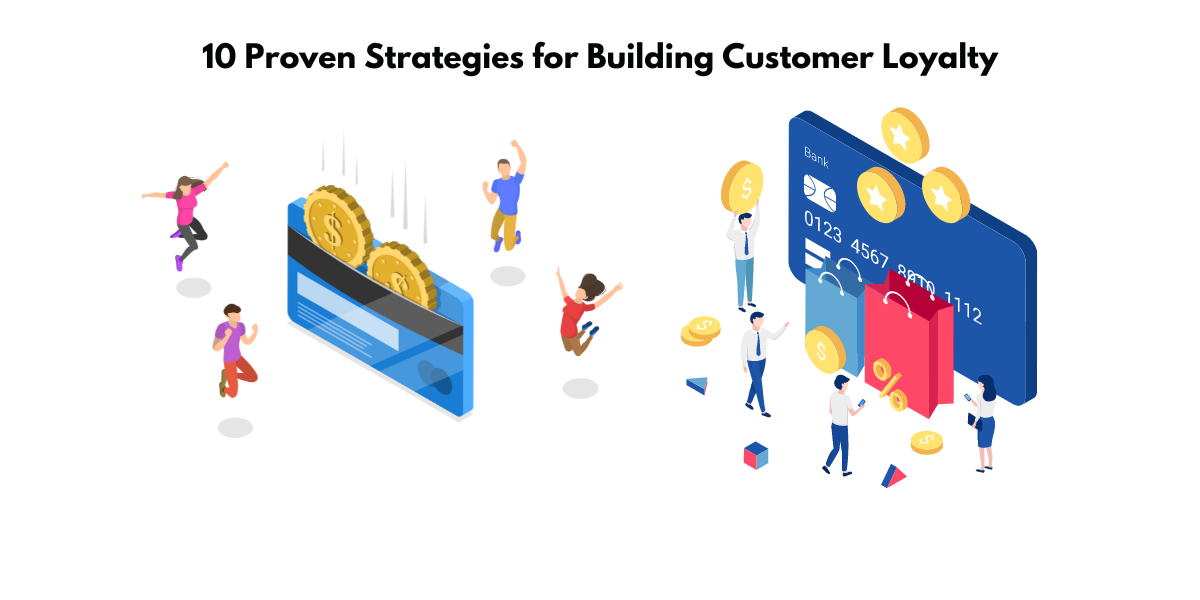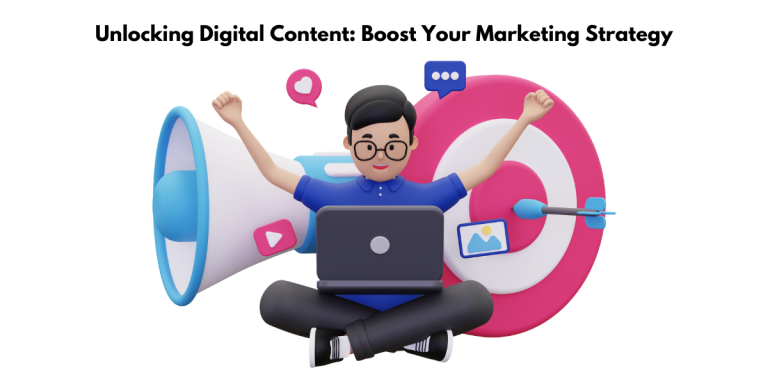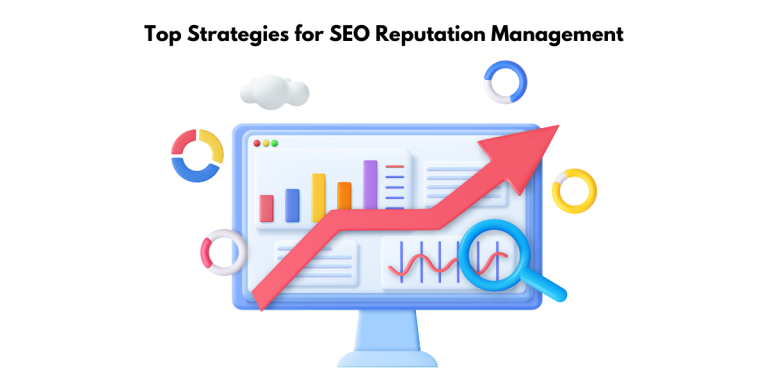Defining True Customer Loyalty
True customer loyalty is when someone consistently chooses your brand over the competition, not just because of habit or convenience, but because they have a deep-seated preference for your products or services. It’s that special bond they feel with your brand, making them not just customers, but fans who are invested in your success. To generate such loyalty, delivering positive experiences and meeting their needs is essential.
Laying the Foundation for Unwavering Customer Loyalty
Know Your Customer Inside and Out
Collect data to understand their buying habits, personal interests, and the experiences they value most. This understanding enables you to tailor your offerings and interactions to resonate with their unique needs and desires. Remember, customers feel more connected to brands that recognize them as individuals, not just transactions. For instance, knowing their history with your brand can help personalize recommendations or offers, enhancing their shopping experience.
Show Authenticity and Shared Values
Customers are attracted to brands that mirror their own ideals, whether it’s a commitment to sustainability, community action, or innovation. For example, when you’re transparent about your business practices and take stands on issues that matter to your audience, they feel a kinship with your brand. This sets the stage for a deeper, more meaningful connection that transcends transactions and encourages lifetime loyalty.

Smart Design Choices for Your Customer Loyalty Program
Point-Based versus Tiered Reward Systems
In the design of customer loyalty programs, you’re likely to consider a point-based or tiered reward system. In a point-based system, customers accumulate points for each purchase that they can redeem for discounts or gifts. This simple and direct approach can appeal to customers by offering immediate and tangible value.
On the other hand, tiered reward systems introduce a gamified element, acknowledging initial loyalty and incentivizing increased spending. As customers climb the loyalty ladder, they unlock progressively valuable rewards, creating an aspirational motivation.
When comparing these systems, consider your audience’s buying habits. While point-based programs can encourage more frequent, lower-value purchases, tiered programs can foster a more sustained commitment and potentially greater spend.
Exclusive Membership Benefits to Spur Excitement
Exclusive membership benefits cultivate a sense of belonging and exclusivity that can significantly amplify customer excitement and loyalty. For instance, offering members-only discounts, early access to new products, or special events such as meet-and-greets with notable individuals in your industry can make customers feel valued and special.
In retail and beyond, these VIP experiences can lead to positive word-of-mouth and social sharing, which are invaluable for brand promotion. The key is to balance exclusivity with attainability to ensure customers are excited yet not discouraged by overly difficult-to-achieve benefits.

Maximizing Engagement with Personal Touches
Celebrate Milestones and Offer Customized Incentives
To further customize incentives, consider past purchase behavior or personal interests derived from CRM data. Perhaps a free product that complements a recent purchase or a discount on items that the customer has been eyeing can show thoughtfulness and attention to detail.
Remember, customer loyalty increases when they feel seen and appreciated, and custom incentives tied to meaningful moments in their lives can turn a regular customer into a lifelong advocate.
Forge a Personal Connection through Human Interactions
Despite the rise of digital channels, human interactions remain a cornerstone of customer loyalty. Personal connections can transform an average service experience into an extraordinary one. When customers know they can get in touch with a real person who will listen and resolve their concerns, their trust in your brand deepens. Ensure that your team is equipped to provide a personal touch across all customer service channels—be it over the phone, through email, or on social media platforms.
Leverage Technology for Seamless Customer Experiences
Simplifying Participation with Mobile Integration
Given customers’ attachment to their mobile devices, integrating your loyalty program into a mobile-friendly platform is a surefire way to streamline and simplify participation. Mobile apps provide an accessible and convenient way for customers to engage with your loyalty program. They can track points, view rewards, and redeem offers right at their fingertips. Brands like Starbucks, with their mobile ordering system, have seen great success by allowing customers to accrue rewards with each mobile purchase.
Utilize Customer Data Wisely to Personalize Encounters
When you analyze customer data to understand purchase patterns, preferences, and behaviors, decisions driven by this insight can transform a generic encounter into a highly personalized experience. However, it’s crucial to balance personalization with privacy, ensuring that data is used responsibly and that customers feel their information is secure.
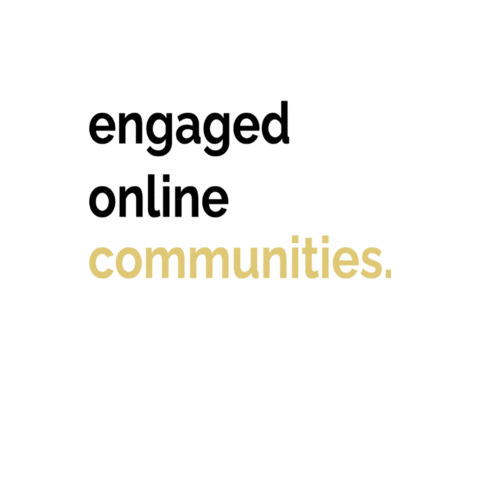
Building Communities around Brand Interests
Create Spaces for Interaction and Shared Experiences
Creating spaces for interaction and shared experiences is an effective way to build communities around your brand. This could be an online forum, an exclusive members’ club, or regular in-person meetups where customers can connect with one another and your brand. When customers can share tips, discuss their passions, and provide feedback, it strengthens their sense of belonging to your brand’s community, bolstering loyalty.
Recognize and Empower Brand Ambassadors
Brand ambassadors are customers who love your brand so much that they naturally promote it through word-of-mouth. Recognizing and empowering them can be instrumental to your customer loyalty strategy. Start by identifying those customers who are already enthusiastic about your brand. You can then offer them incentives like exclusive discounts, free merchandise, or access to special events in return for their advocacy.
Strategic Partnerships That Amplify Value
Partnering Wisely to Expand Offerings
Partnering wisely means selecting a brand that aligns with your values and can add genuine value to your customers’ experience. This collaboration not only enhances your customers’ loyalty by broadening the scope of what you offer but can also help to attract new customers who are loyal to your partner’s brand.
Creating Synergy with Complementary Brands
Look for brands that offer products or services that fit naturally with your own. This way, when you join forces, you create a more comprehensive solution to your customers’ needs and wants. For instance, a collaboration between a smartphone manufacturer and a software company can produce enhanced tech solutions that provide seamless experiences to consumers.
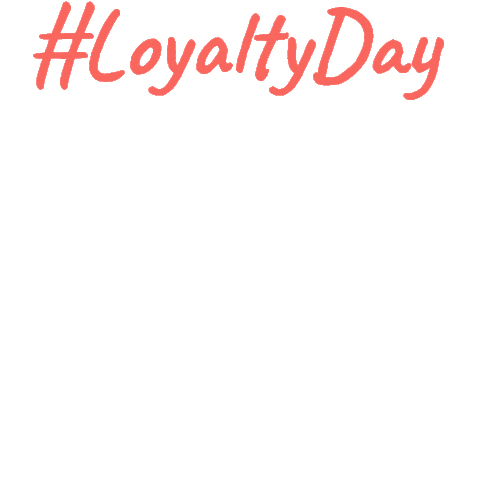
Feedback as a Stepping Stone to Excellence
Cultivating an Environment Open to Reviews and Critiques
Responses to feedback should be prompt and genuine, and each review should be treated as valuable input. Consider featuring customer reviews prominently on your website and in marketing materials to show that you value customer opinions. Additionally, making improvements based on customer critiques and publicizing these changes demonstrates that you are listening and committed to excellence.
Adaptive Strategies Based on Genuine Customer Insights
By regularly analyzing customer feedback, purchase data, and engagement metrics, you can identify patterns and preferences that help tailor and evolve your offerings. The ability to swiftly redesign aspects of your loyalty program in response to customer behaviors and market trends is a significant driver of long-term loyalty.
Moreover, sharing how customer insights have shaped new initiatives reinforces the idea that your brand listens and adapts to meet customer needs, fostering a deeper emotional connection. Use customer data not only to personalize experiences but also to predict future customer desires—staying one step ahead in delivering on their unarticulated needs.
Consistently Surpassing Expectations
Develop a Reputation for Reliability and Quality
Ensure your offerings maintain their excellence over time, and resist the temptation to cut corners. When customers know they can depend on your brand, their trust—and thereby their loyalty—grows stronger.
It’s also crucial to manage and deliver on expectations. Having robust quality control measures, excellent training programs for staff, and offering dependable customer support can all contribute to a sterling reputation. Remember, a single negative experience can be shared widely, so aim for consistency in every interaction.
Regularly Refresh Offers to Keep Enthusiasm High
A good practice is to introduce new promotions, limited-time offers, or seasonal perks that keep customers intrigued and looking forward to what’s next. Updating offers based on customer behavior and preferences demonstrates that your brand is responsive and continually striving to provide value. It might involve launching new products, improving existing services, or giving rewards that are current and relevant. By keeping the program fresh, customers have a reason to remain excited and loyal to your brand.

Maintaining Momentum Through Continuous Innovation
Evolving Your Loyalty Programs alongside Market Trends
Incorporate emerging technologies like artificial intelligence to create more personalized recommendation engines or use augmented reality for engaging virtual experiences. By being agile and continuously innovating, your loyalty program will not only retain its current members but also attract new ones who are looking for a brand that’s forward-thinking and aligned with their values.
Staying Ahead of Competitors with Ground-Breaking Initiatives
To stay ahead of competitors, you need to launch ground-breaking initiatives that set your brand apart. This may involve pioneering new technologies, exploring untapped markets, or creating experiences that redefine customer engagement. Staying ahead means knowing your competitors well, but focusing even more on knowing your customers and anticipating their needs.
Summary
Companies face the challenge of building customer loyalty, especially when new customers are scarce. Repeat business is a key revenue driver, but many businesses focus too much on acquiring new customers rather than retaining existing ones. It’s cheaper to keep current customers than to find new ones, and loyal customers can help predict business growth, making it easier to plan for the future.

Loyal customers tend to buy more and are easier to upsell or cross-sell to. They also promote your business through word-of-mouth, which can lead to new customers. To foster loyalty, businesses should reward loyal customers, communicate openly, seek feedback, personalize interactions, showcase positive reviews, offer referral incentives, engage in community outreach, provide excellent customer service, invest in technology, and measure customer satisfaction.
Customer loyalty isn’t just about having a program; it requires a company-wide commitment to value customers at every touchpoint. This approach ensures that customers who are prioritized will continue to support the business over time.

